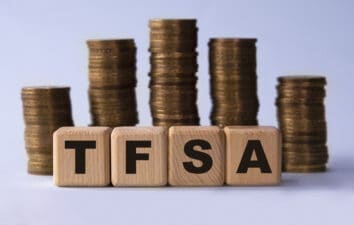Tax filing Season is almost upon us. Although tax returns aren’t due until April 30, the final date for RRSP contributions is March 3. It makes sense to start working on your return on or around that date, as all the financial data you need for the 2024 fiscal year should be final by that time. The sooner you file, the sooner you get your refund, so realistically, you should begin your preparations ASAP.
One of the most important things to know before you file your taxes is which tax breaks you’re going to claim. By tax breaks I mean credits (e.g., the charitable contribution credit) and deductions (things like RRSP contributions and business expenses). The more of these you claim, the less tax you pay. In this article, I will explore three little-known yet very fat tax breaks you can claim this year.
Home buyers’ amount
The home buyers’ amount is a tax credit on an amount of $10,000 for Canadians who have purchased a home. You can claim it if you bought the home within the last 12 months and did not live in any other home owned by you or your partner in the last four years. With this tax credit, the $10,000 amount claimed results in $1,500 off your tax bill.
Medical expenses
There are many types of medical expenses that can be claimed, under the medical expense tax credit. Many people don’t bother claiming these because they either don’t know about the medical expense tax credit, or think that their medical expenses aren’t enough to be worth claiming. However, if you add up all of your medical expenses in the run of a year (e.g., medication, air conditioners for accessibility, ambulance service), you may find that they add up to several thousand dollars and are therefore worth claiming.
You can claim the lower of 3% of income or $2,759 in medical expenses. Additionally, there are related tax credits for people taking care of dependents with disabilities that can be claimed on top of this one. So, don’t forget to claim your medical expenses. Doing so could potentially save you hundreds.
Dividends
Last but not least, we have the dividend tax credit. This is a tax credit that saves you money on dividend income.
Let’s imagine for a second that you held $100,000 worth of Fortis (TSX:FTS) stock last year. Fortis pays a $0.62 quarterly or $2.48 annual dividend. Its shares cost $63.64, so the yield is 3.9%. That means that when you hold $100,000 worth of Fortis you get $3,890 back per year in dividends.
| COMPANY | RECENT PRICE | NUMBER OF SHARES | DIVIDEND | TOTAL PAYOUT | FREQUENCY |
| Fortis | $63.64 | 1,572 | $0.62 per quarter ($2.48 per year) | $974.23 per quarter ($3,896 per year) | Quarterly |
Now, if you live in Ontario, where your marginal tax rate is 33%, and you report the above as employment income, you simply pay $1,298 in taxes. That’s your tax rate times the dividend income.
But if you report it properly as dividend income, you pay less. Here’s how it works:
- The $3,896 is “grossed up” by 38% to $5,376.
- The pre-credit tax is $1,791.
- The 15% Federal dividend tax credit is $806.
- A 10% Ontario credit is $537.60.
- The final amount owing is $447.
As you can see, that’s a savings of nearly 70%! So definitely don’t go claiming your dividends as employment income. Properly categorizing them will save you money.









